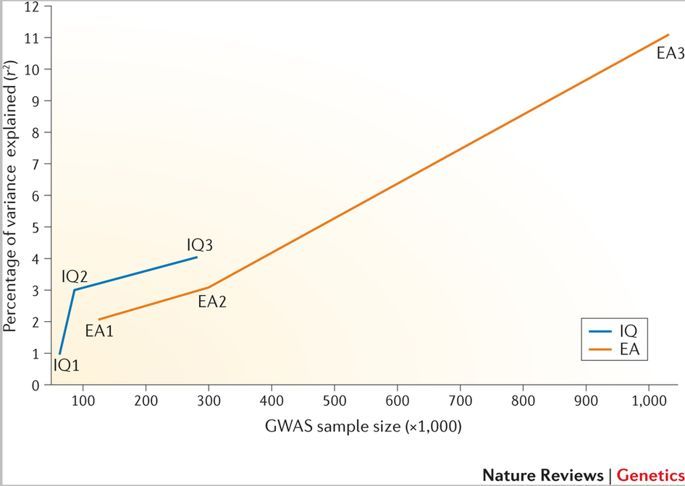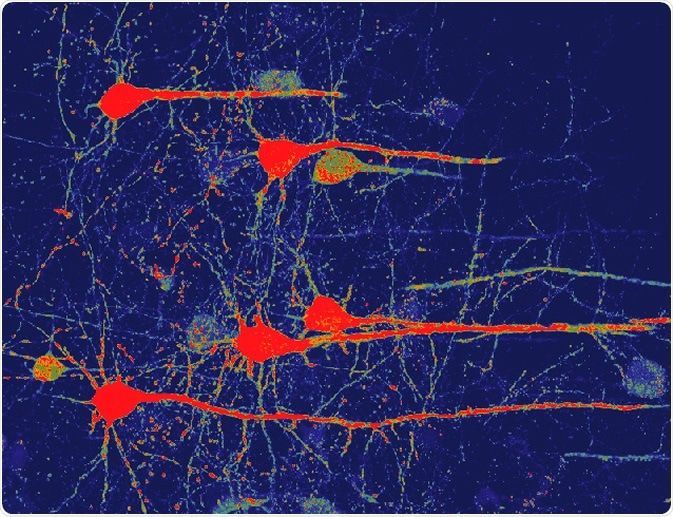Ischemic stroke is a condition in which parts of the brain lose their blood supply, causing nerve damage. Once brain tissue suffers irreparable harm, the patient will experience irreversible disability or death, depending on the extent of neuronal loss. However, glial cells surrounding the neurons are activated by the injury and multiply. Now, scientists have found out how to insert genes into glial cells to convert them into neurons, thus filling in for some of the lost functioning cells to improve motor functions.
There are about 86 billion neurons in the brain, but billions of them can be lost with one moderate-sized stroke. About 800,000 new strokes occur each year in the US alone. The need is to regenerate new brain cells to replace the ones that die, at least partially. This is the only known way to restore motor functions that have been impaired or destroyed by a stroke or other brain injury.







